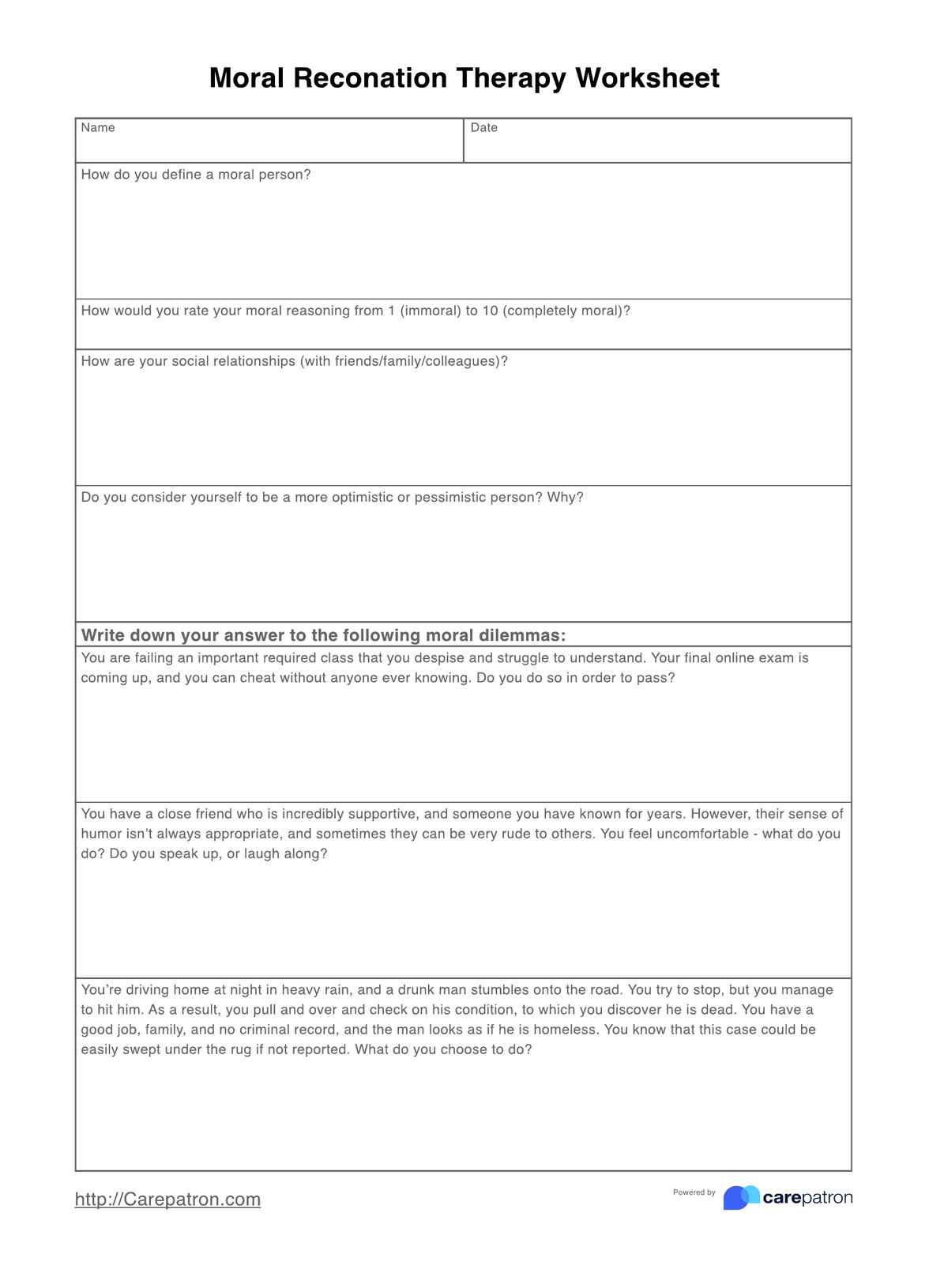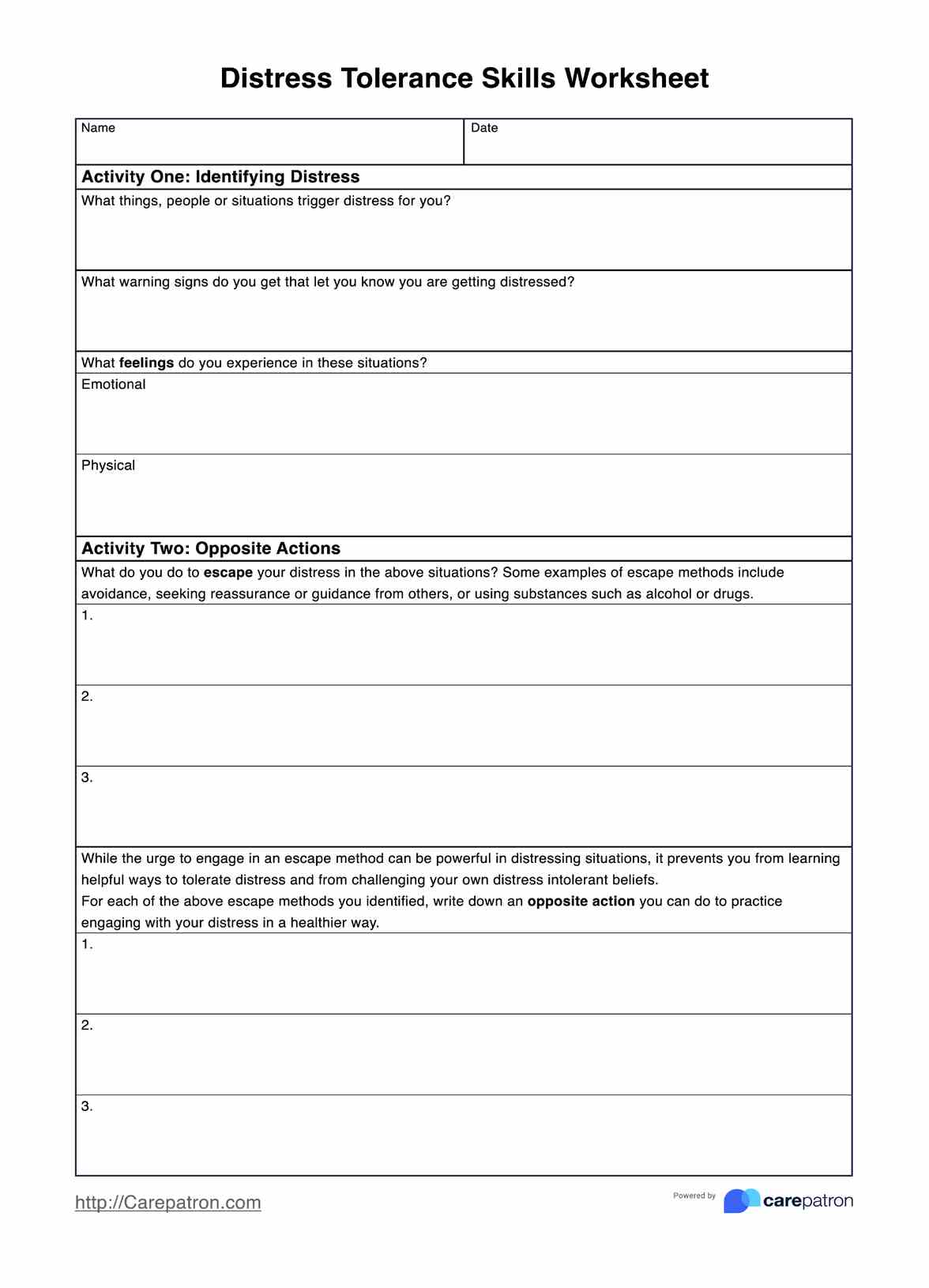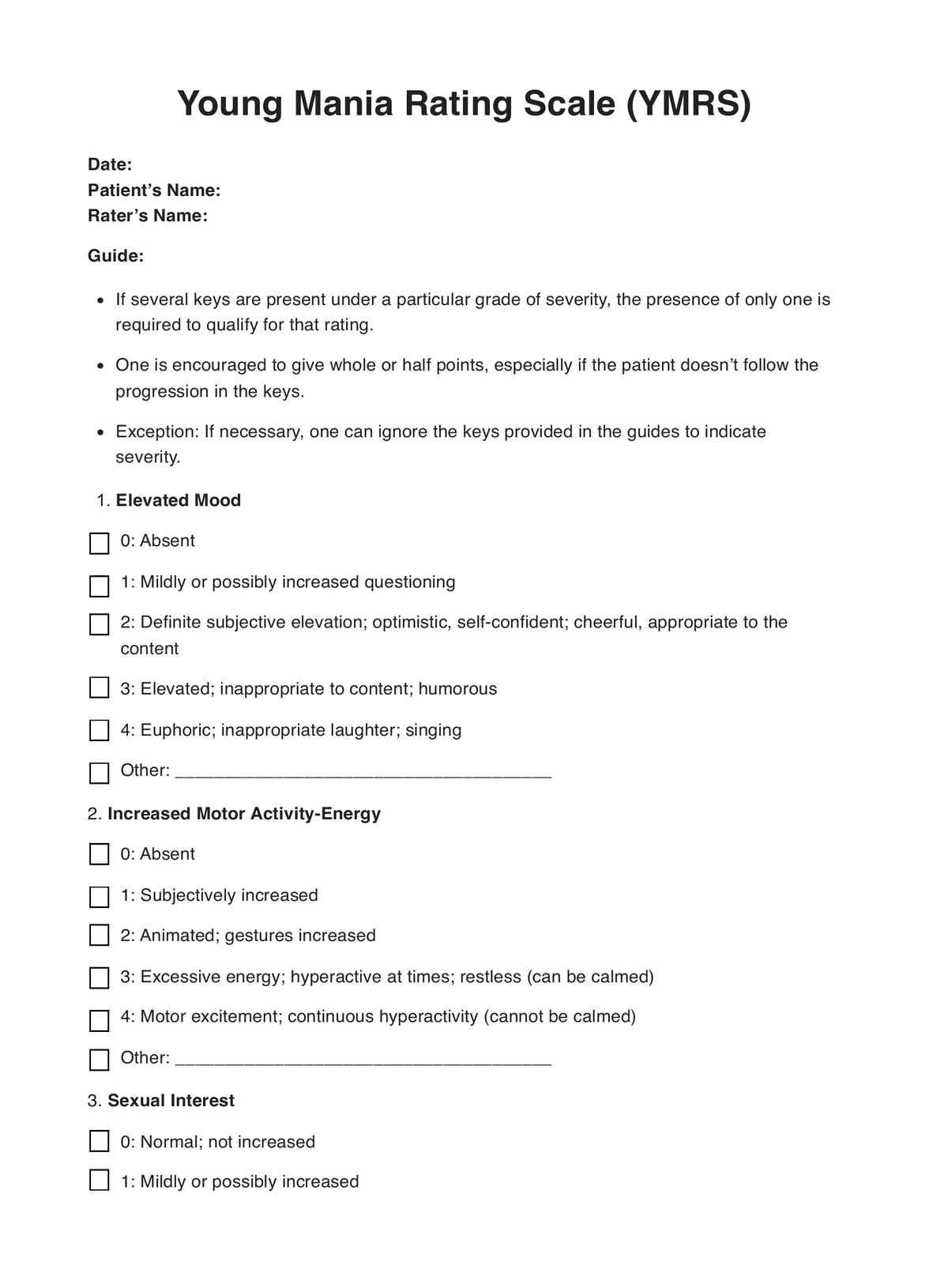Nonverbal Intelligence Test
Access a free Nonverbal Intelligence Test based on Raven's Progress Standard Matrices. Download the PDF now.


What is a Nonverbal Intelligence Test?
A Nonverbal Intelligence Test is designed to assess an individual’s intellectual capabilities without relying on verbal communication. These tests are especially useful for evaluating people who may face difficulties with traditional language-based tests, such as non-native speakers, individuals with speech or hearing impairments, or those with limited language skills. Instead of requiring reading or verbal responses, nonverbal intelligence tests rely on problem-solving tasks involving abstract reasoning, pattern recognition, or visual-spatial skills.
The format of these tests typically includes images, symbols, shapes, or designs. Test-takers are often asked to identify patterns, complete sequences, or solve puzzles. These tests aim to provide a more accurate representation of innate cognitive abilities rather than learned knowledge or vocabulary by eliminating language as a barrier. Nonverbal intelligence tests are widely used in educational settings, psychological evaluations, and job placements to assess potential and adaptability.
One widely recognized nonverbal intelligence test is Raven's Standard Progressive Matrices (SPM). Developed by John C. Raven in 1936, this test measures abstract reasoning and is designed to be free of cultural or language bias. It consists of a series of matrices, or visual patterns, where the test-taker must select the missing piece to complete the sequence. Raven’s SPM is highly regarded for its simplicity and effectiveness in assessing general intelligence, making it a popular choice in research, education, and clinical settings.
Nonverbal Intelligence Test Template
Nonverbal Intelligence Test Example
How to use our Non-Verbal Intelligence Test
Our Non-Verbal Intelligence Test is based on Raven's SPM, which allows you to assess abstract reasoning and cognitive abilities without the influence of language. Here’s how to use the test effectively
Step 1: Download the template
Access the Non-Verbal Intelligence Test by clicking the "Use Template" button on the Carepatron website. This opens the template in the Carepatron app's template editor, where it can be customized or completed digitally. You can also download a non-editable PDF version.
Step 2: Prepare the test environment
Ensure that the testing environment is comfortable and free from distractions. A quiet space with adequate lighting is ideal for optimal focus. Ensure the individual taking the test is seated comfortably and ready to begin.
Step 3: Read the instructions carefully
Before starting, review the instructions provided within the test. The Non-Verbal Intelligence Test is designed to be simple and intuitive, but the test-taker must understand how to complete the tasks. Then, give the test-taker the record form where they will write their answers.
Step 4: Begin the test
Start the test by presenting the first matrix. Each matrix contains a series of visual patterns with a missing element. The test-taker aims to identify the pattern’s logic and choose the option that best fits the missing part. Encourage the test-taker to focus on patterns, rotations, or size changes rather than relying on language or specific knowledge.
Step 5: Monitor time
If the test is timed, keep track of the allotted time for completion. It’s important to balance accuracy with the time constraints.
Step 6: Allow for breaks (if needed)
If the test is long or the test-taker shows signs of fatigue, allow for short breaks. Maintaining focus throughout the test is important; breaks can help improve concentration and reduce stress.
Step 7: Review the answers
Once the test-taker has completed all the matrices, analyze their responses. Review their responses to assess the accuracy of their pattern recognition and reasoning skills. The answers will help to determine the test-taker’s abstract reasoning abilities and cognitive performance.
Interpreting test results
Once the Non-Verbal Intelligence Test is completed, it is important to carefully score and interpret the results to assess cognitive abilities accurately.
For individual tests, record the number of pieces the test-taker selects on the record form. If the test-taker points to more than one piece, only their final choice will be counted as correct or incorrect. This approach accounts for any initial confusion or uncertainty and ensures that only the final decision is considered.
In group testing, if a test-taker selects multiple answers for any item, instruct them to cross out all but the correct one. If this error is not identified during the test, the number on the far right should be used, regardless of the other answers. This ensures consistency and clarity when scoring multiple test-takers simultaneously.
When assessing score reliability, a discrepancy of 0, -1, -2, or +1 points between the actual and expected scores is acceptable. However, if the score deviates by more than two points from the expected score for any set, the total score may not be reliable as a consistent measure of intellectual capacity, suggesting that external factors may influence the score.
To interpret the results, test scores can be classified using percentiles, which compare the test-taker’s performance to others. The classification is as follows (Raven, 1958):
- Grade I (Intellectually superior): If the score is at or above the 95th percentile for the individual’s age.
- Grade II (Above average intelligence): If the score is at or above the 75th percentile:
- II+: Scores at or above the 90th percentile.
- Grade III (Average intelligence): Scores between the 25th and 75th percentiles:
- III+: Scores above the median (50th percentile) for the individual’s age.
- III−: Scores below the median.
- Grade IV (Below average intelligence): If the score is at or below the 25th percentile:
- IV−: Scores at or below the 10th percentile.
- Grade V (Intellectually defective): If the score is at or below the 5th percentile for the individual’s age group.
By classifying scores according to these percentiles, it is possible to assess a test-taker’s intellectual capacity compared to others and gain insight into their relative cognitive abilities.
Reference
Raven, J. C. (1958). Standard progressive matrices. London: Lewis.
Commonly asked questions
Nonverbal intelligence tests measure cognitive abilities such as abstract reasoning, spatial reasoning, problem-solving, and pattern recognition, all without relying on language. These tests assess an individual’s capacity to understand and solve visual and spatial problems, helping to evaluate intellectual functioning in a way that is independent of verbal skills, making them ideal for people with language difficulties, learning disabilities, or cultural differences.
Individuals with language difficulties, learning disabilities, or cultural differences benefit from this language-free assessment.
Several well-known nonverbal intelligence tests assess cognitive abilities without relying on language. Raven's Progressive Matrices (SPM) measures abstract reasoning and pattern recognition through visual puzzles. The Leiter International Performance Scale (Leiter-R) is used for individuals with developmental disorders or language barriers. The Naglieri Nonverbal Ability Test (NNAT) focuses on reasoning and problem-solving through visual tasks. Lastly, the Wechsler Nonverbal Scale of Ability (WNV) evaluates problem-solving, reasoning, and memory without verbal communication. These tests are valuable for individuals facing language or cultural challenges.


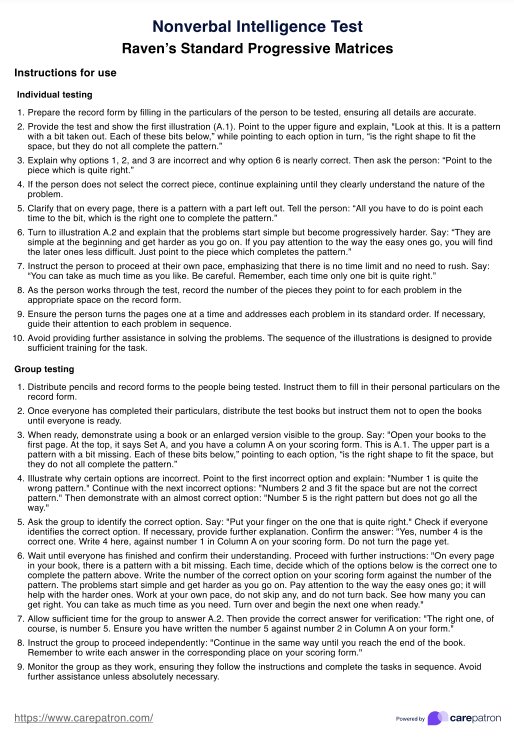
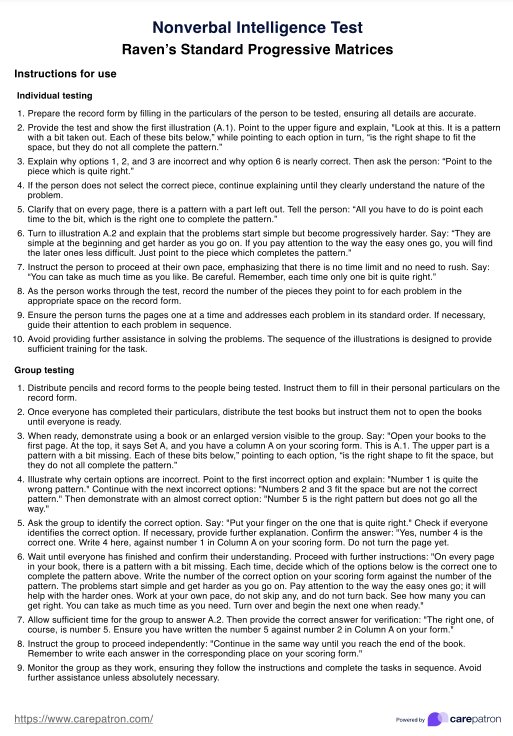

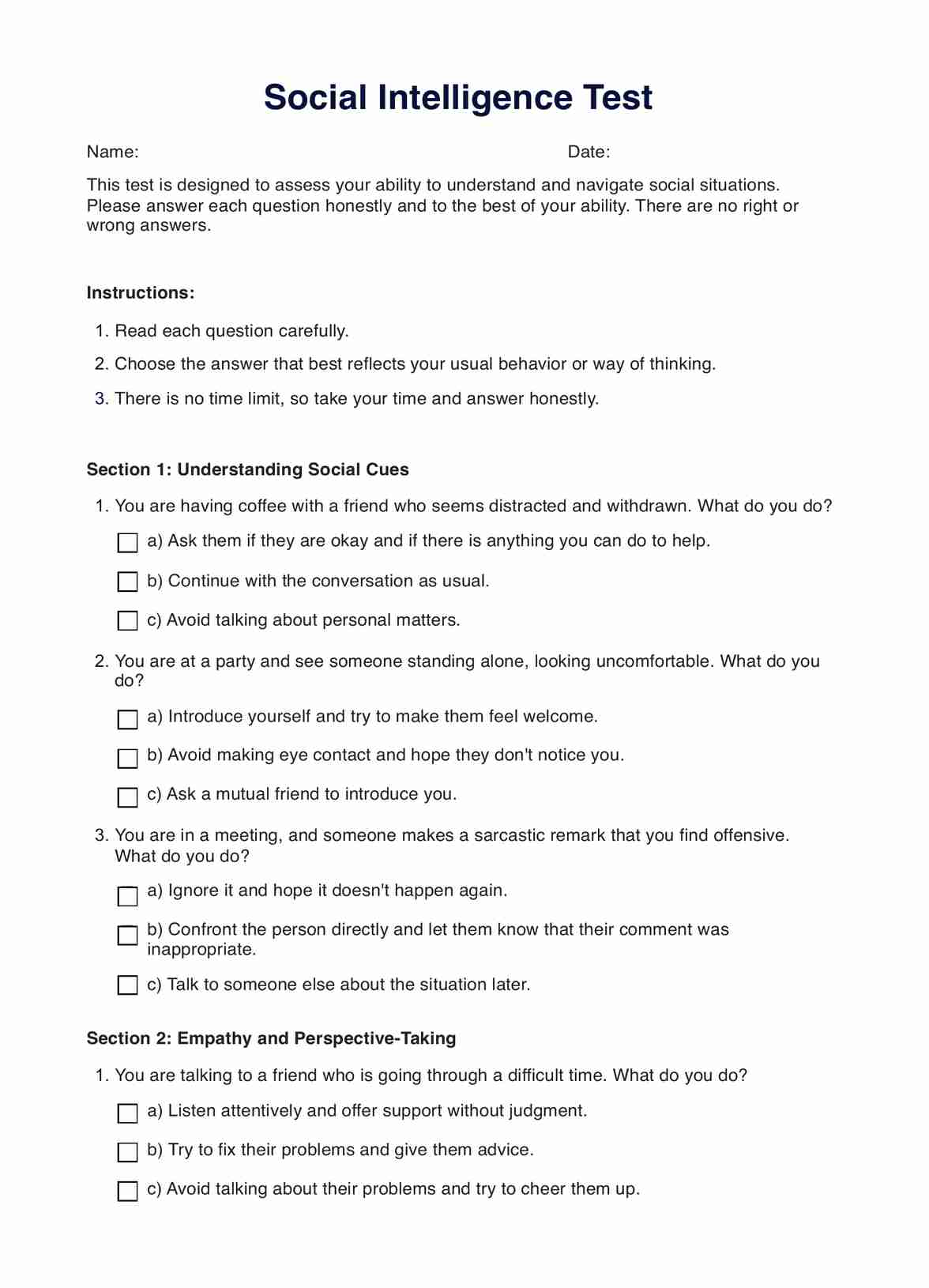
















-template.jpg)


























































































